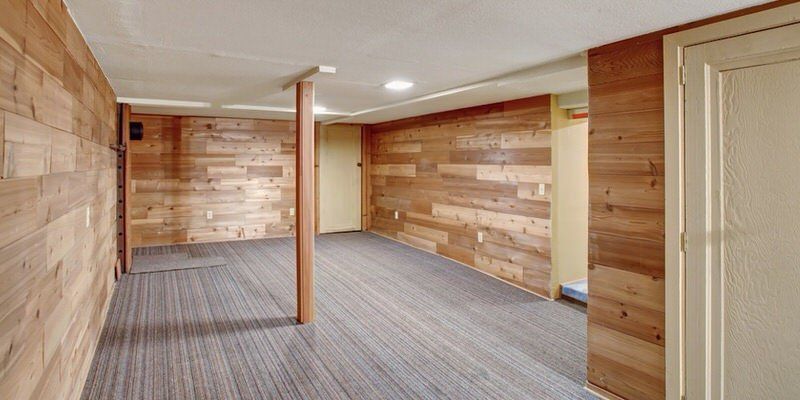Have You Considered Purchasing a Property with a Secondary Suite?
The Canadian Mortgage and Housing Corporation (CMHC) recently announced that in order to facilitate affordable housing choices for Canadians, it would be making some policy revisions to how they consider income derived from secondary suites. Considering the last 4 years have been nothing but tightening of rules; making it harder for Canadians to secure mortgage financing, this news is certainly welcome.
Instead of using just 50% of the income derived from a secondary suite, CMHC will now factor in 100% of rents paid, with some conditions of course!
As of September 28th 2015:
- CMHC will consider up to 100% of gross rental income from a 2-unit owner-occupied property that is the subject of a loan application submitted for insurance. The annual principal, interest, municipal tax and heat (P.I.T.H) for the property including the secondary suite must be used when calculating the debt service ratios.
- For 3 – 4 unit owner-occupied and 1 – 4 unit non-owner occupied properties the net rental income (gross rents less operating expenses) can form part of the borrowers’ gross annual income.
Additional conditions when 100% of gross rental income is used include:
- The income must have been sustained over at least two years.
- The income amount must not exceed the average of the past two years, to address income fluctuations, smooth out cyclical trends and unexpected events such as vacancies.
- Up to 100 percent of gross rental income may be used only where prospective borrowers can demonstrate a strong history of managing credit generally considered to be a minimum credit score of 680.
SO WHAT DOES THIS MEAN FOR YOU?
If you have been on the fence about getting into the housing market, this recent announcement highlights an option you may have not already considered. What about buying a property with a legal secondary suite to use the income to help pay your mortgage? CMHC has just made it a little more affordable to qualify buying properties like this, certainly worth a look!
If you would like to discuss how much mortgage you qualify for and look at different scenarios of qualifying with a secondary suite rental income, I would love to have an in depth look at your finances and provide you with mortgage options! Let’s talk!
SHARE THIS ARTICLE
RECENT POSTS










